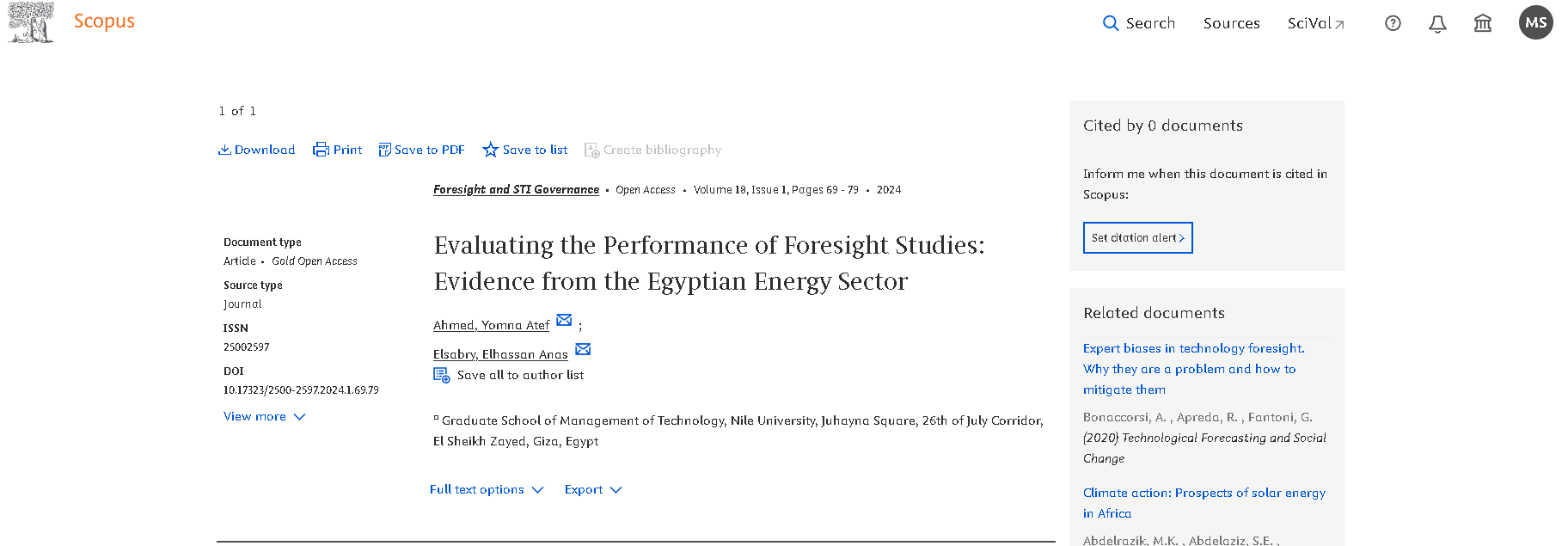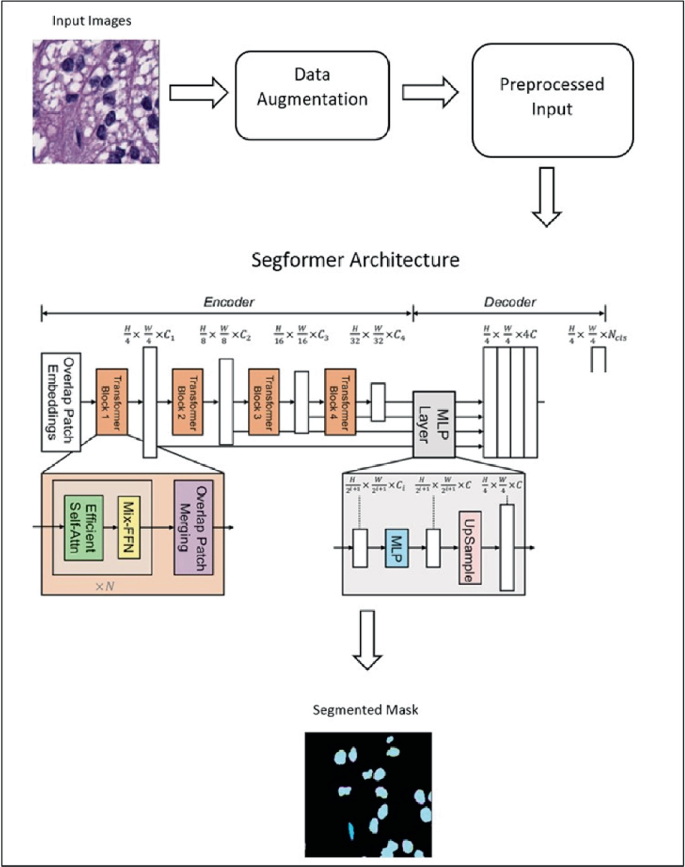
Digitizing material passport for sustainable construction projects using BIM
Several aspects hinder the application sustainability in construction industry. The most prominent problems are related to the conservation of natural resources and the generation of construction and demolition wastes. Previous studies indicated that these problems are due to lack of information available to construction projects stakeholders on the proper handling of building materials in their different lifecycle stages. This paper presents Material Passport (MP) tool that provides information on how to handle building materials at the construction stage and how to benefit from them at their end-of-life stage through different recovery opportunities. This tool provides three quantitative indicators that assess building's sustainability: 1) deconstructability score; 2) recovery score; and 3) environmental score. These indicators help stakeholders to choose more sustainable solutions to building elements in the initial stages of the project. The paper introduces a framework that incorporate MP within Building Information Modeling (BIM). Such incorporation automates sustainability assessment as well as facilitating the documentation and sharing of building's information for future needs. A case study of a traditional residential building is presented to illustrate the concept of the material passport. Also, new alternatives of modular building concept are presented to validate the sustainability indicators, allowing a comparison with traditional building to reach more sustainable solutions. The results reveal that modular buildings are preferred as expected, demonstrating the effectiveness of the presented tools in evaluating alternatives. The results also show the influence of the parameters used in calculating the presented indicators, such as the connection type and the material used. The research provides a methodology that solves the problem of the of insufficient information in order to achieve sustainability for buildings by including quantitative and qualitative information. The provided information covers all lifecycle stages of the building, making it more comprehensive compared to other tools. © 2021 Elsevier Ltd



